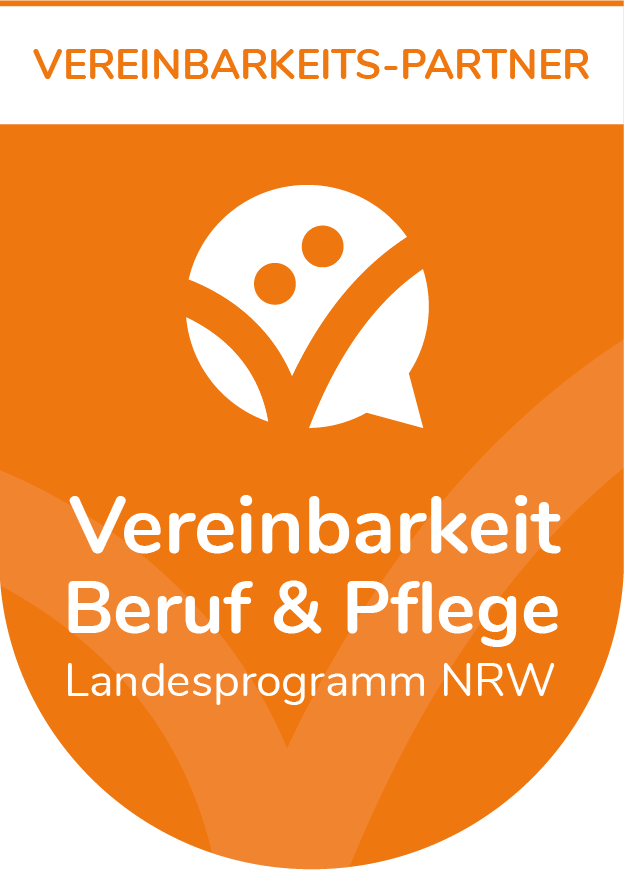Research projects
| Client: | ESPON EGTC |
| Partner(s): | Project Consortium of 8 Partners, led by University of Valencia |
| Time frame: | 07/2016 – 12/2017 |
Inner Peripheries remain, in many ways, territorial enigmas. Their geographical distribution is unknown, and the process through which they are formed is poorly understood. Little is known about how their geographical distribution has evolved over time. As a result, the principles and practice of policy responses to halt or ameliorate their marginalisation have yet to be developed. The main purpose of this project is to develop both an evidence base and a conceptual framework which can provide firm foundations for policy recommendations which are both broadly applicable and tailored to the needs of a range of specific contexts.
This general objective may be disaggregated into a set of research questions, which will provide a framework for specific research activities:
- What are the key elements in the concept of Inner Peripheries? How can these be mapped? What is the current pattern of Inner Peripheries in the European territory? Which areas are at risk of becoming Inner Peripheries?
- How can the European Inner Peripheries be characterized in relation to issues such as different age groups, gender balance, price development of the property market, and different types of regions?
- What processes drive marginalization and how can these be reversed and/or overcome? (processes such as demographic decline, ageing, economic decline, decrease in employment, changed availability of networks of services of general interest, public financing, ...).
- How can Inner Peripheries explore and utilise their territorial potentials, support their competitiveness, create jobs and improve the quality of life for their citizens given their conditionalities?
- What national, regional and local strategies for Inner Peripheries, including more functional cooperation approaches and governance aspects, could be considered in order to improve their situation?
- How have Inner Peripheries been integrated in the EU policy agenda and cohesion policy? And how can this be strengthened in the future? How do Inner Peripheries compare to lagging regions?
Addressing these questions will result in the necessary knowledge to understand the problems associated with Inner Peripheries, and to design useful strategies to leverage their strengths.
Project team:
- Dr. Sabine Weck
Phone: +49 (0) 231 9051-184
E-Mail: sabine.weck@ils-research.de
[« back]





